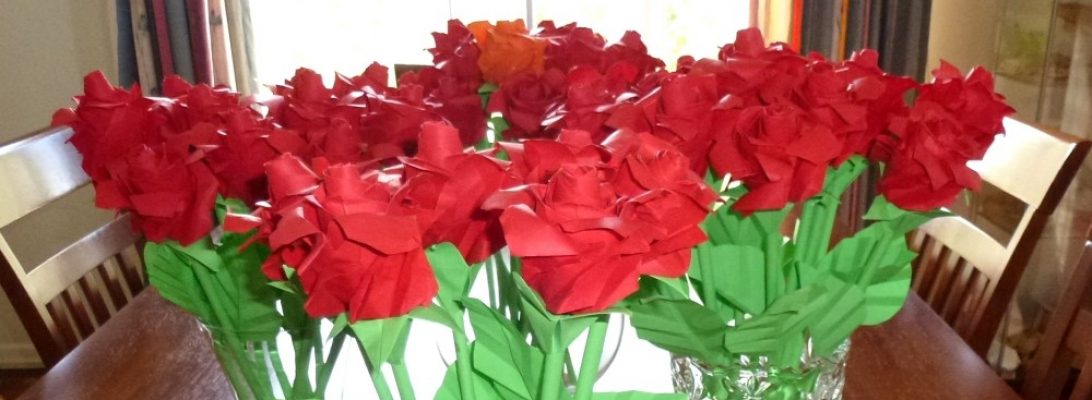…so I was approached by a friend who wanted to spring a surprise on his partner for her birthday. He said she liked dragons, immediately my shagged and fragged mind (marking makes me a disagreeable troll) jumped and I committed a huge bit of metallicised paper to fold Shuki Kato’s “Western Dragon” … because I had achieved it once in the 5 times I had attempted it. That failed.

Not deterred, I chose a lovely sheet of block printed blue mulberry paper (printed 2 tone with gold and white lotus flowers), cut the biggest square I could and set about folding Satoshi Kamiya’s “Ancient Dragon” (having achieved it once (in 7 attempts) – what could go wrong?

As it turns out, all went to plan – even thought he paper was smaller than recommended, I was able to tease, gradually, all the design features and “Tazzie” was born.
Continue reading




















